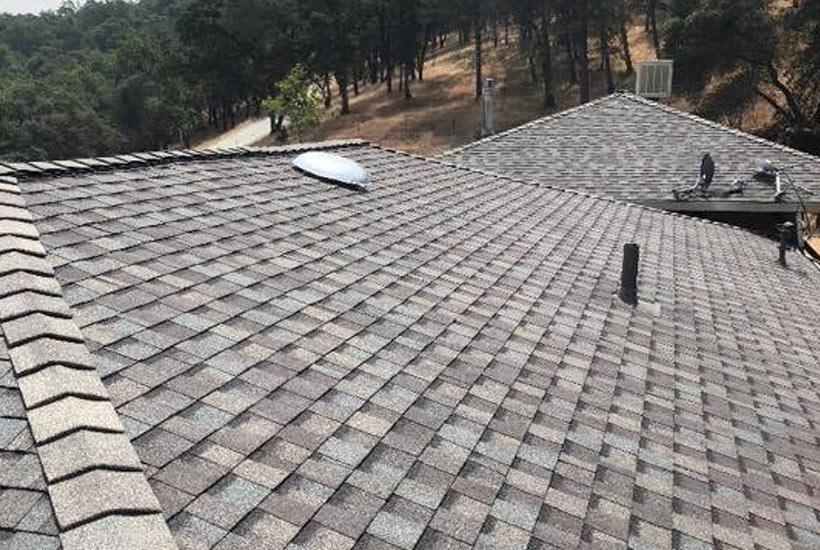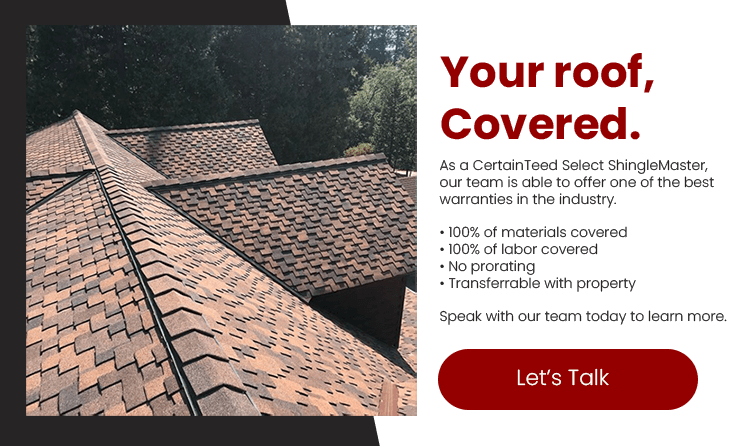A roof is meant to keep things out of your home, like moisture, hail, and wind. So why do roofs have vents? Doesn’t that defeat the whole purpose of the roof? It does not. In fact, without vents, your home could develop moisture issues. If you’re not sure how that works, keep reading. Here are five questions about roof ventilation answered.
1. Why Does a Roof Need Ventilation?
Without ventilation, hot air would gather in your attic. In the summer, this would make it hard to cool your home. Plus, that hot air can create moisture, which will have no way of escaping the attic. It may collect on your insulation and roofing, damaging it.
Plus, in the winter, hot roofs can create ice dams—where the snow melts from the heat of the roof but then re-freezes at night, expanding into the roofing materials and potentially causing leaks.
2. Doesn’t Roof Ventilation Reduce My Home’s Energy Efficiency?
If you have to add more vents to your roof, should you expect a drop in energy efficiency, making it more expensive to heat or cool your home? No. In fact, in California, the biggest impact you are likely to see is a slight increase in cooling efficiency. The hot air that normally gathers in your attic will have a way to leave, so your air conditioner will not have to work as hard. Don’t expect to save a ton of money, but you may notice a difference in comfort.
In winter, yes, a small amount of warm air will escape your home through the roof vents. But, this is a good thing because it prevents moisture damage to your insulation, which would impact your energy efficiency much more significantly.
3. Why Don’t I See Any Vents on My Roof?
It’s fairly rare that a roof doesn’t have any vents at all. Usually, they are just hidden from view if you’re looking at the roof from the ground. You may have ridge vents or vents that are built into the ridge of the roof. You almost certainly have soffit vents, vents tucked under the roof, along its edges, in the soffits or the white vinyl panels. You may also have intake vents that look like balls of aluminum foil peeking out above the surface of the roof.
You may also see a vent sticking above your roof that looks like a plumbing pipe with a hat. These are plumbing vents that add ventilation to your pipe system, not to the attic.
4. Why Have My Vents Stopped Working?
You went years without having moisture problems in your roof, but now you’ve developed them. What happened? Sometimes debris gets stuck in the vents and prevents them from working. If you’ve had new insulation installed, it may have blocked the vents.
5. Does My Roof have Enough Ventilation?
A professional roofer can answer this question for you. There is a straightforward calculation for attic ventilation needs based on the slope of the roof and size of the attic. In addition, your roof should have equal intake and exhaust vents.


